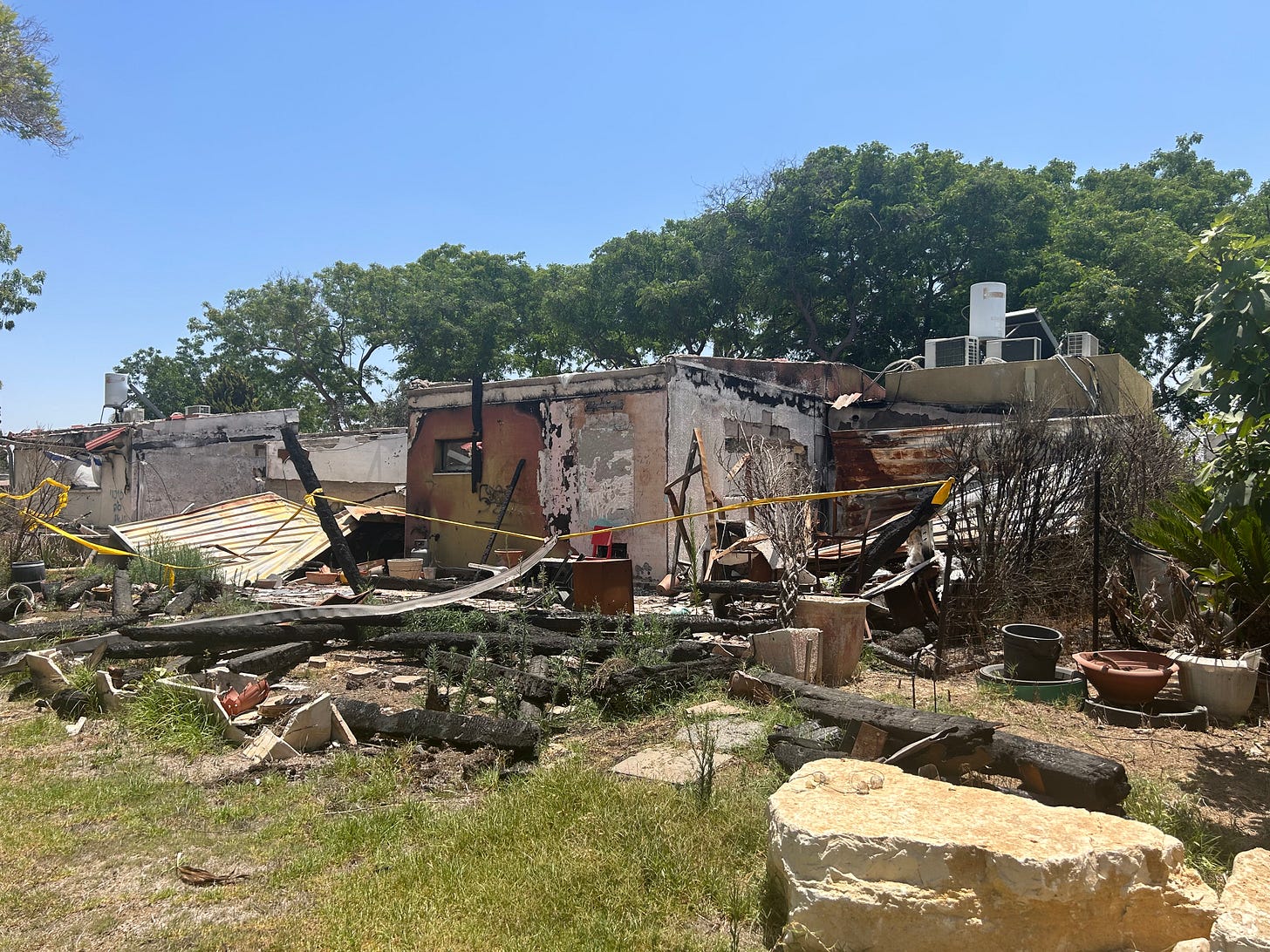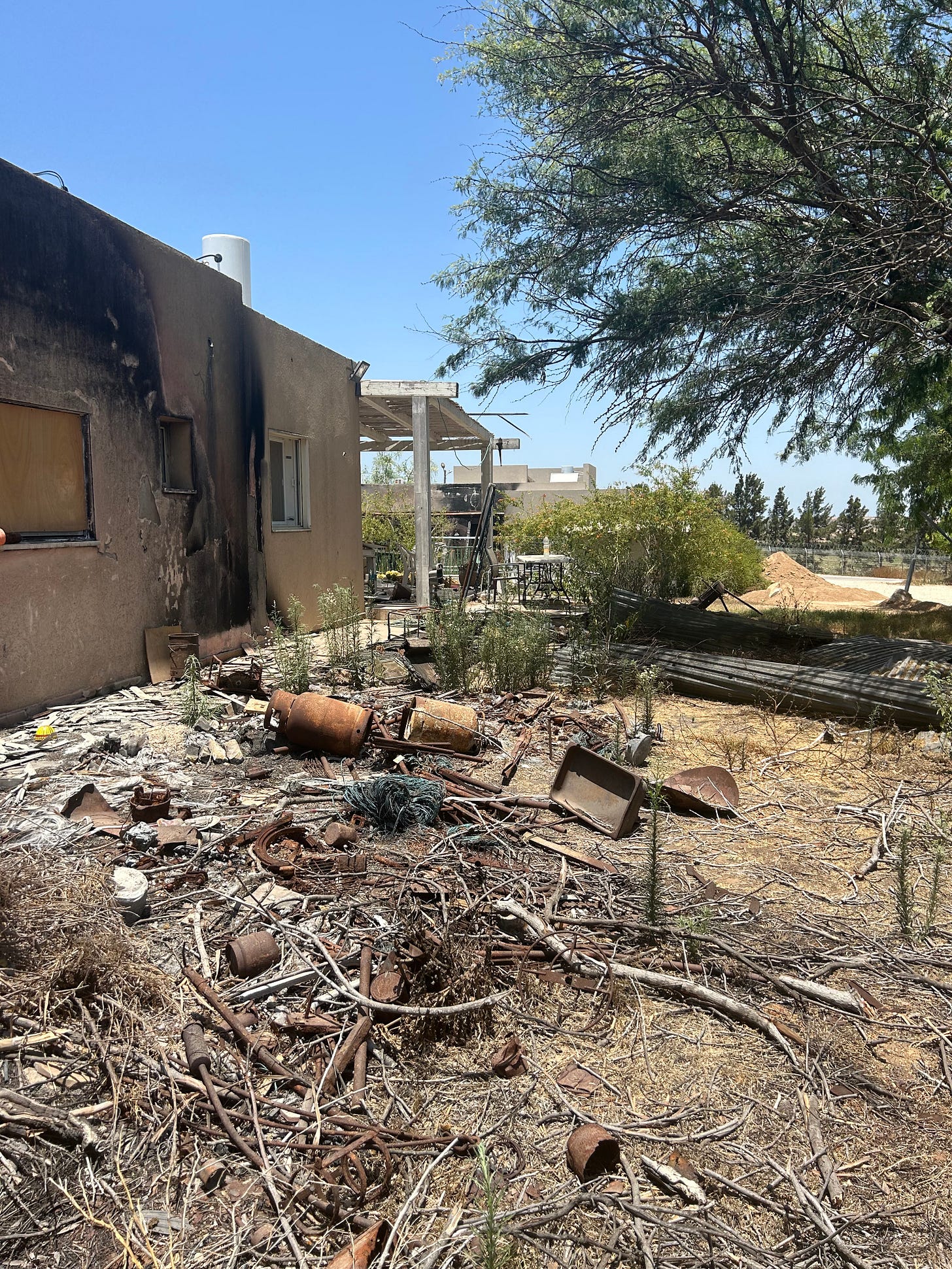Kibbutzim
Even before its inception of statehood in 1948, one special feature of Israeli life is a whole series of “kibbutzim,” rural settlements where Israelis cooperate to produce agriculture, manufactures and any number of economic pursuits necessary to Israel’s wellbeing. At their founding they were largely efforts to enact rural communism, but over the years market realities have intervened, with the result that most kibbutzim have become rural cooperative communities with a lifestyle attractive to many Israelis. And since Israel is really a very small country, kibbutz members can easily commute into major population centres like Tel Aviv, Hebron and even Jerusalem. And have a pleasant rural lifestyle for raising kids and fostering community.
Of course, since their inception, Israeli kibbutzim have had to assist in providing for their own protection, because their distance from the urban centres mean that Israeli defence forces take time to get there. It is a reality of rural life in Israel that most adult males – and certainly kibbutz members -- own assault rifles, train with their defence teams, and be generally ready in case they are called upon to defend their communities and families.
Kfar Aza
Kfar Aza is a kibbutz in southern Israel which is only two kilometres from Gaza, which was clearly visible from the kibbutz border.Accordingly, Kfar Aza was a regular target for missile attacks. Like Sderot, citizens were in the 15-second shelter response zone. Children on the playground knew that their lives could depend upon finding shelter in seconds. (Here in Kfar Aza as well, these shelters became deathtraps for many.)
A fact of life for these community members, we Canadians found this shocking. When we were there, we would hear artillery going off somewhere to our left, and could clearly see and hear the strikes in Gaza a few seconds later. The air was filled with the whine of drones, which are heard but not seen. This was a reality kibbutz members accepted as the price of rural life in Israel.
But on October 7, over 300 Hamas terrorists gave this community their special attention, enacting brutality reminiscent of Japan’s Rape of Nanking in July 1937 and butchery in Manila as the Japanese retreated in February 1945.
Our tour of this kibbutz left me deeply shaken. Hamas had carefully studied the community and went house-to-house to enact atrocities. For hours they raped, murdered, burned and kidnapped everyone they could find. Like in Sderot, they had studied the community carefully, and knew of the kibbutz requirement to have weapons stored at a central armory. This meant a special horror for residents. Racing to get your weapons and ammunition meant leaving your families and loved ones unprotected – or only protected by unlocked safe house doors – like Sderot. That almost always meant the special horror of returning to find your family or loved ones gruesomely murdered or disappeared.
That is, IF you returned. For like in Sderot, Hamas terrorists set up snipers under buildings surrounding the armory and shot people as they came to get their weapons. Needless, to say, that armory policy is undergoing a serious rethink in the wake of this terrible and deadly day.
Here, too, the Hamas killers used special creativity in their murder methods. If they were unable to get at people in their houses, they often would disconnect the propane cylinders, open the valves, roll them inside the house and ignite them, incinerating those inside or driving them out, where they could be paid special gruesome attention.
But there was more. The first wave of murders was carried out by special Hamas terrorist teams. But they were soon followed by a second wave of “citizens” from Gaza, who saw a golden opportunity to emulate their terrorist heroes, plus scoop up whatever loot they could find. Gazan men, women, young and old, showed up with whatever weapons they could find – knives, hoes, steel bars – and proceeded to take their vengeance upon whomever they found, dead or alive. They were said to enact especially gruesome violence, often bludgeoning, stabbing, raping, dismembering and burning their victims. Whatever could be looted was taken; for days afterwards Gazans could be seen joy-riding kibbutz cars and tractors in Gaza City.
Everyone on our tour had to find their own way of processing what we saw in Kfar Aza. Mine was to return to the bus, put The Second Chapter of Acts: Hymns II album on my headphones, close my eyes, and pray.





